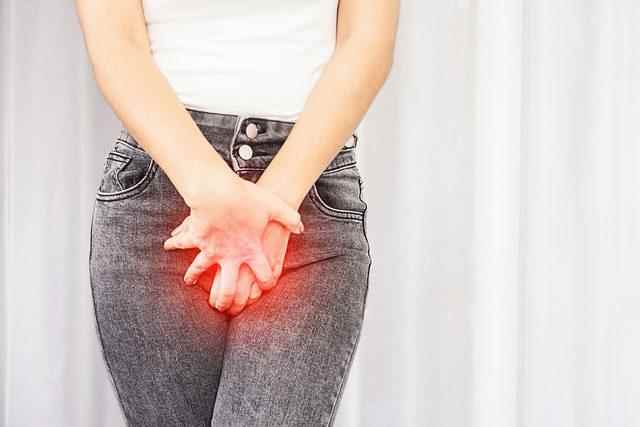Groin pain is a common complaint in women. The most common causes are urinary tract infection and menstrual period problems. PKS, or pelvic congestion syndrome, is one of the important causes of groin pain. This situation causes groin pain in 1 out of every 10 women and is mostly seen in women between the ages of 20-45.
SEEN IN WOMEN WHO HAVE GIVEN MULTIPLE
PKS, which is especially seen in women who have given birth a lot, occurs with the deterioration of the inguinal vein valves. As with the formation of varicose veins in the legs, varicose veins may occur in the veins surrounding the uterus, ovaries and bladder. As the varicose veins can cause severe pain, the process can proceed painlessly in some women.
PAIN CAN INTENSIVE IN THE EVENING HOURS
The most prominent symptom of PKS, or pelvic congestion syndrome, is pain in the groin. Groin pain caused by pelvic congestion syndrome may increase in the evening hours due to standing for a long time. In addition, groin pain after sexual intercourse or in the early stages of pregnancy can also be caused by PKS. Fullness in the lower part of the abdomen and the appearance of varicose veins between the legs or hips can also be a sign of PKS.

MAY BE MIXED WITH OTHER DISEASES
There are many causes of groin pain in women. Many conditions such as endometriosis, chronic pelvic inflammatory disease, chronic or recurrent urinary tract infections, irritable bowel disease, diverticulitis, overactive bladder can cause groin pain in women.

CORRECT DIAGNOSIS IS VERY IMPORTANT
For the diagnosis of pelvic congestion syndrome, the detection of varicose veins around the uterus and ovaries by ultrasound or medicated tomography methods after the examination by the gynecologist and obstetrician may be sufficient for the diagnosis.
YOU CAN GET COMPLETELY RELIEF FROM PAIN
Although drug and surgical methods are also used in the treatment of pelvic congestion syndrome, interventional techniques have come to the fore as the most effective treatment in recent years. In the non-surgical treatment, the egg vessels are visualized by entering the vein with angiographic methods. Both problematic veins are closed with coils or liquid occlusive agents. After the procedure, which takes about 1 hour, the patient is discharged after being kept under observation for a few hours. Patients can usually return to their social lives after 1 day. After treatment with interventional methods, the probability of recurrence of the disease is very low.
